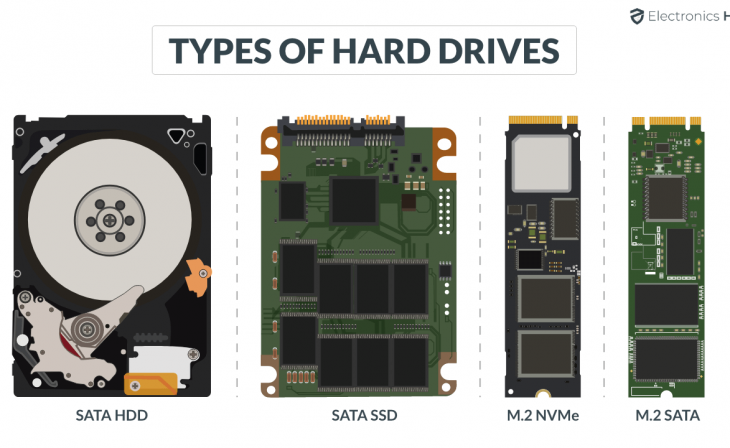The Hard Drive Revolution in 2021: Technology Clash - HAMR vs MAMR
What is Heat-Assisted Magnetic Recording (HAMR)?
Heat-Assisted Magnetic Recording (HAMR) is a technology that uses a laser to heat a small area on the hard drive disk. This allows the magnetic field to be more densely packed, resulting in higher storage density. This technology has been in development for many years, and is finally beginning to make its way into consumer products.
What is Microwave-Assisted Magnetic Recording (MAMR)?
Microwave-Assisted Magnetic Recording (MAMR) is another technology that is designed to increase storage density in hard drives. Instead of using a laser to heat the disk, MAMR uses a microwave energy source to stimulate the magnetic material, allowing for higher storage density. This technology is also relatively new, and is slowly making its way into consumer products.
The Pros and Cons of HAMR
One of the main advantages of HAMR is its high storage density. By using a laser to heat the disk, HAMR allows for a much denser magnetic field, which translates into higher storage capacity. This means that HAMR drives can store more data in the same amount of space as traditional hard drives.
However, there are also some drawbacks to HAMR technology. One of the biggest challenges is the need for high-precision laser technology, which can be expensive to produce. Additionally, the laser used in HAMR drives can cause the disk to heat up, which can lead to reduced reliability over time.
The Pros and Cons of MAMR
One of the main advantages of MAMR is its lower cost compared to HAMR. By using a microwave energy source instead of a laser, MAMR drives are less expensive to produce, making them a more attractive option for many consumers.
Another advantage of MAMR is its lower power consumption compared to HAMR. The microwave energy used in MAMR drives is less intense than the laser used in HAMR drives, which means that MAMR drives consume less power. This can be an important consideration for users who are looking to reduce their energy bills.
However, there are also some disadvantages to MAMR technology. One of the biggest challenges is the need for high-precision microwave technology, which can also be expensive to produce. Additionally, the microwave energy used in MAMR drives can cause interference with other devices, which can limit their usefulness in certain applications.
Also Check How Do Virtual Reality Headsets Work
The Future of Hard Drive Technology
It's clear that both HAMR and MAMR technologies have their strengths and weaknesses, and the winner of the technology clash will likely depend on a variety of factors, including cost, power consumption, and reliability. However, it's also clear that both technologies have the potential to revolutionize the hard drive market in the years to come.
As storage demands continue to grow, it's likely that we will see continued innovation in the hard drive market. Whether it's HAMR, MAMR, or some other technology that emerges as the leader, it's exciting to see what the future holds for hard drives.




